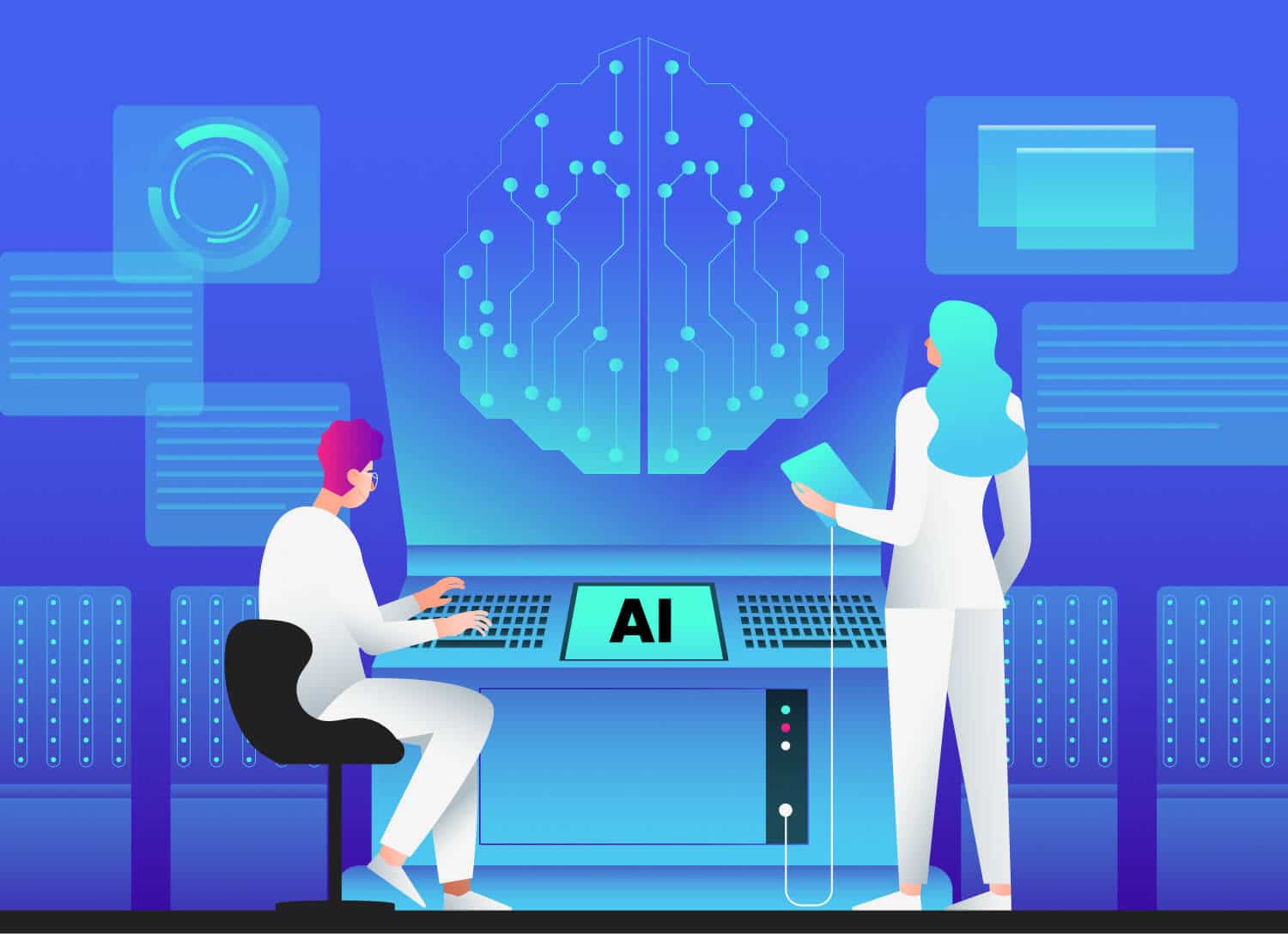What Is Open Source AI?
Open source AI refers to AI tools, models, or frameworks whose source code is publicly available. This means developers and researchers can view, modify, improve, and share the code freely. It promotes collaboration, transparency, and faster innovation in the AI community
Why Open Source Matters in AI
- Encourages collaboration and innovation across the globe.
- Makes AI more accessible to students, researchers, and startups.
- Allows transparency – you can inspect and improve the code yourself.
- Fosters faster development cycles through community contributions.
AI PlatForm For Innovation:
1. TenserFlow:
TensorFlow is an open-source AI library developed by Google that helps you build and train machine learning and deep learning models easily. It’s widely used for tasks like image recognition, natural language processing, and more.
Advantages of TensorFlow:
- Open Source – Free to use and supported by a large community.
- Visualization – TensorBoard helps you see how your model is learning.
- Easy Model Building – With tools like Keras, building models is simpler.
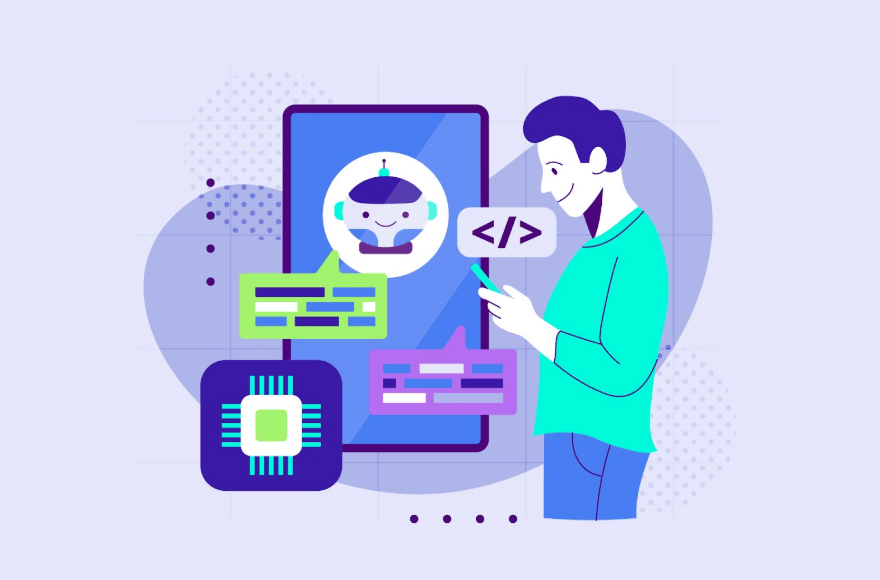
2. OpenCV
OpenCV (Open Source Computer Vision Library) is a free, open-source library used for real-time computer vision and image processing tasks like face detection, object tracking, and more. It supports multiple.
Advantages of OpenCV:
- Open Source and Free – Easily accessible for anyone
- Optimized for real-time image processing.
- It supports multiple languages like Python,c++,Java ,etc.
- Works On multiple Platforms like Windows, Linux, macOS, Android, and iOS.
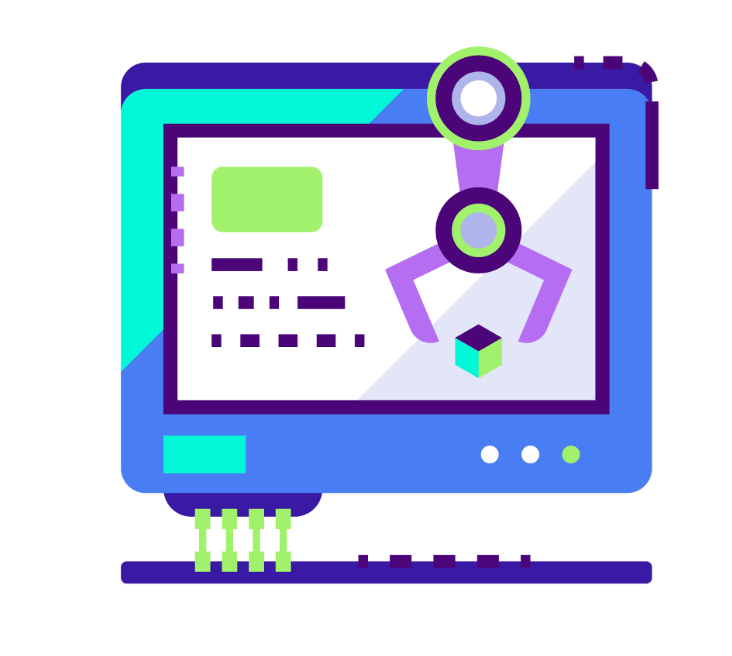
3. Scikit-learn:
Scikit-learn (sklearn) is a popular open-source Python library used for machine learning. It provides simple and efficient tools for data mining, data analysis, and building machine learning models like classification, regression, and clustering.
Advantages Of sklearn:
- Simple and consistent API for beginners and experts.
- Includes classification, regression, clustering, etc.
- Built on top of NumPy, SciPy, and matplotlib.
- Works well with other Python libraries like pandas and matplotlib.
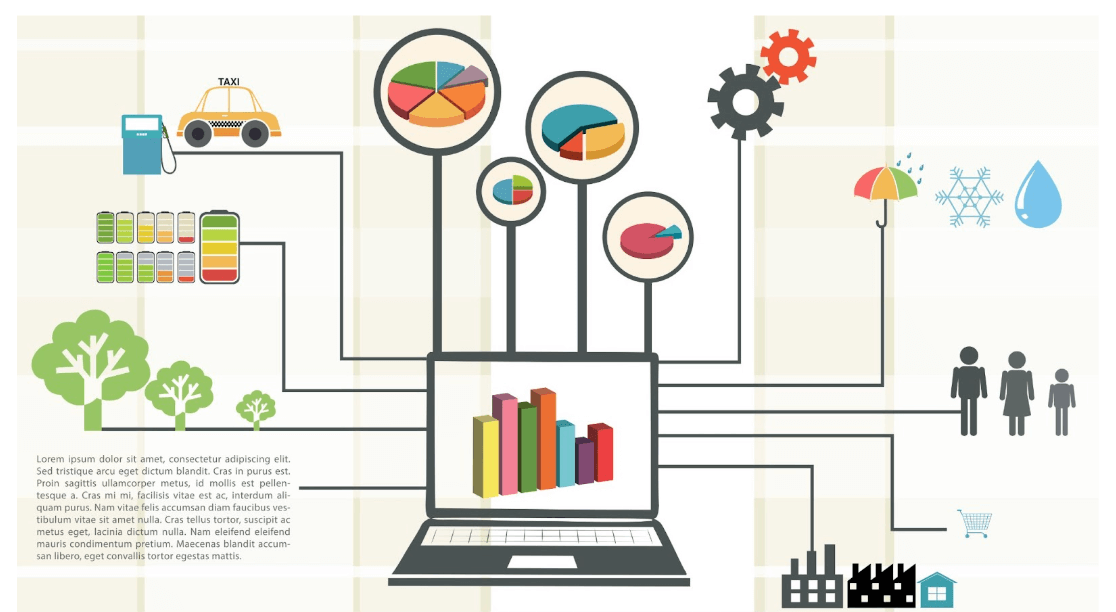
4. Rasa
Rasa is an open-source framework used to build AI chatbots and voice assistants. It helps developers create smart, customizable, and context-aware conversational agents using natural language understanding (NLU) and dialogue management.
Advantages Of Rasa:
- Free and fully customizable
- Handles multi-turn conversations and context well
- You can run it on your own servers (no data sharing)
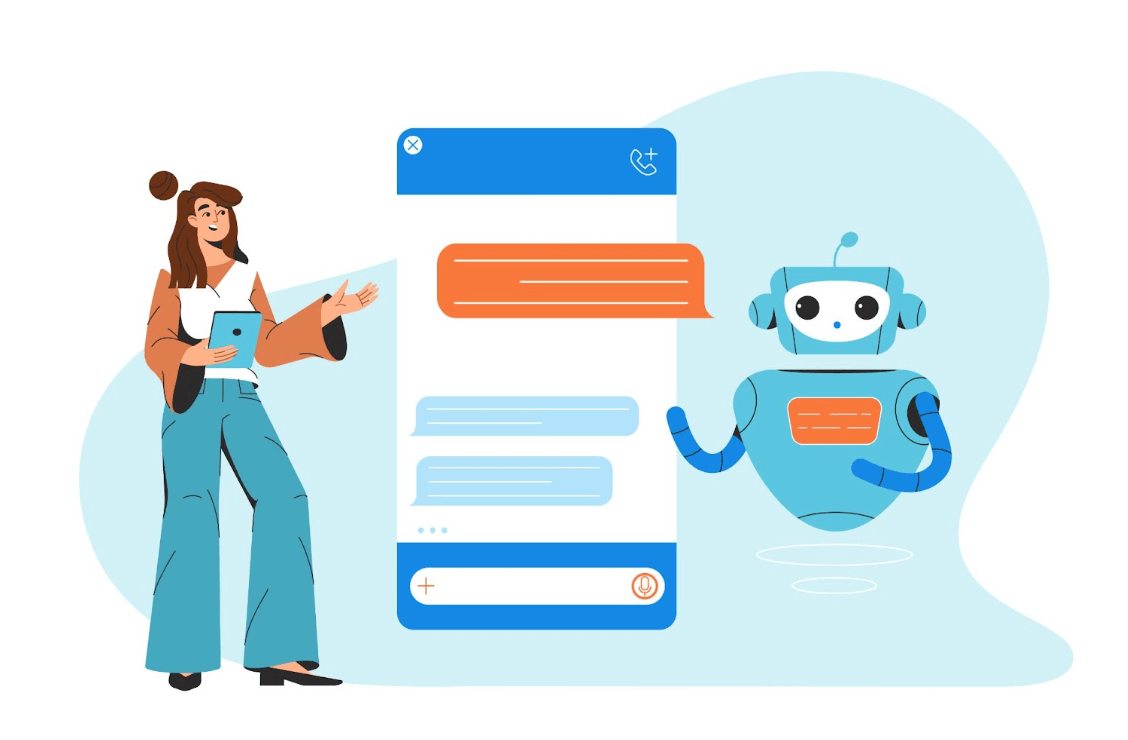
5. PyTorch:
PyTorch is an open-source machine learning library developed by Facebook. It's used for building deep learning models and is known for its flexibility, speed, and ease of use. PyTorch supports dynamic computation graphs, which makes it great for research and experimentation.
Advantages Of PyTorch:
- Easier to modify models during runtime, great for research.
- Work good with python and easier syntax
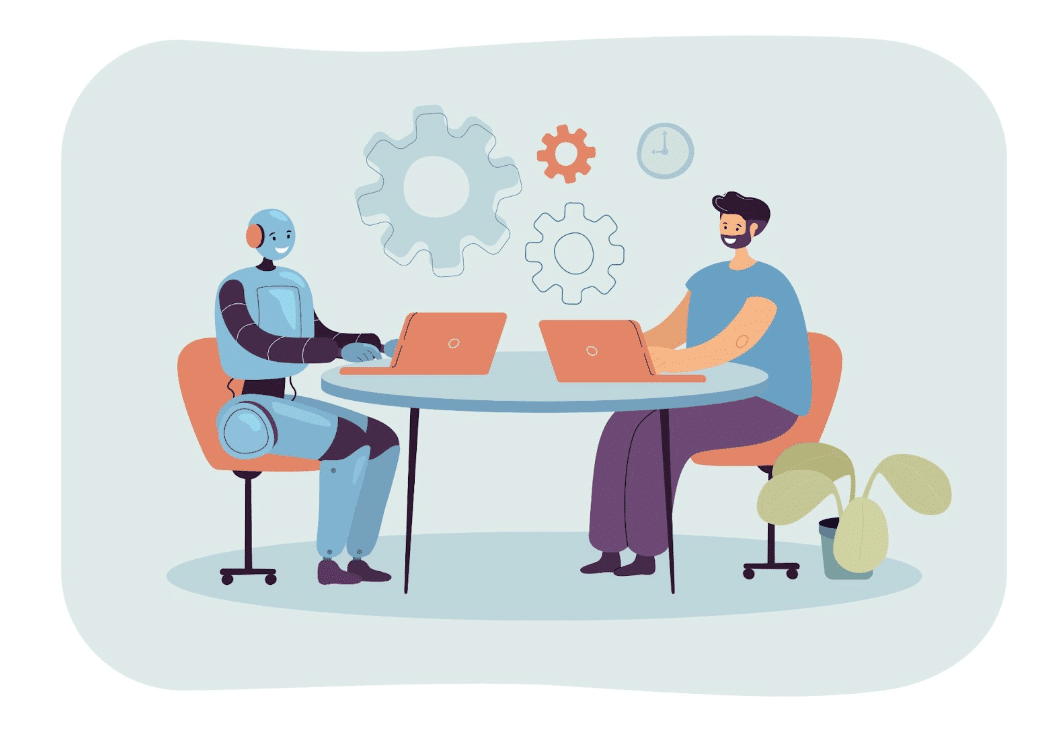
Conclusion:
Open-source AI libraries like TensorFlow, OpenCV, Scikit-learn, Rasa, and PyTorch make it easier to build powerful AI and machine learning applications. Each has its strengths:
- TensorFlow and PyTorch are great for deep learning.
- OpenCV is best for computer vision tasks.
- Scikit-learn is ideal for traditional machine learning models.
- Rasa is perfect for building smart chatbots.

